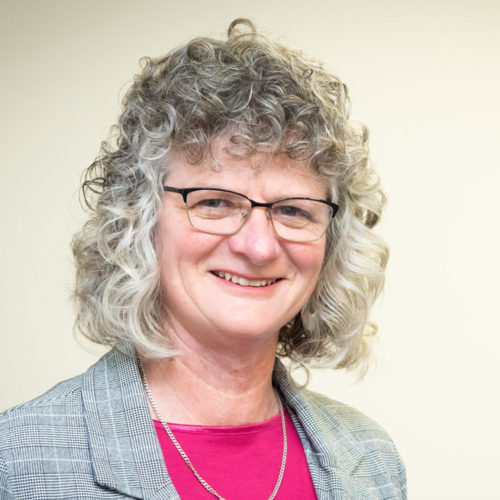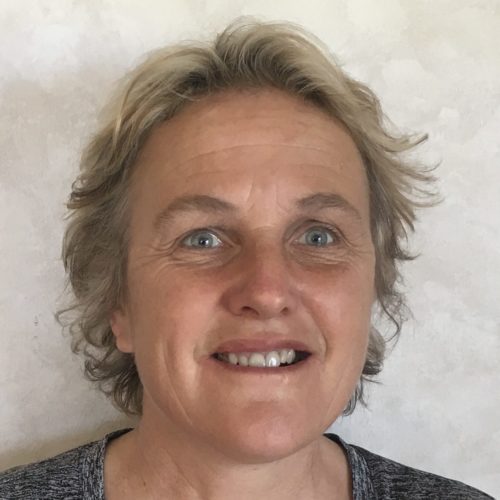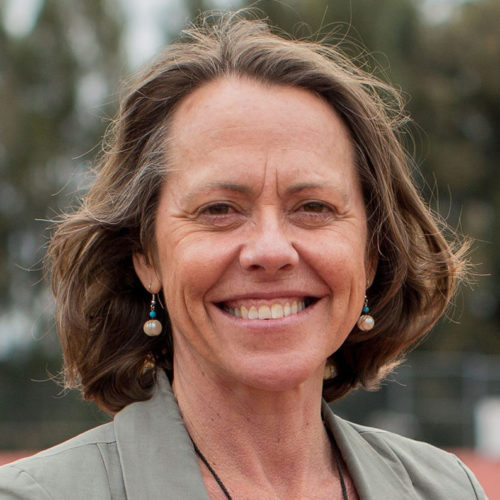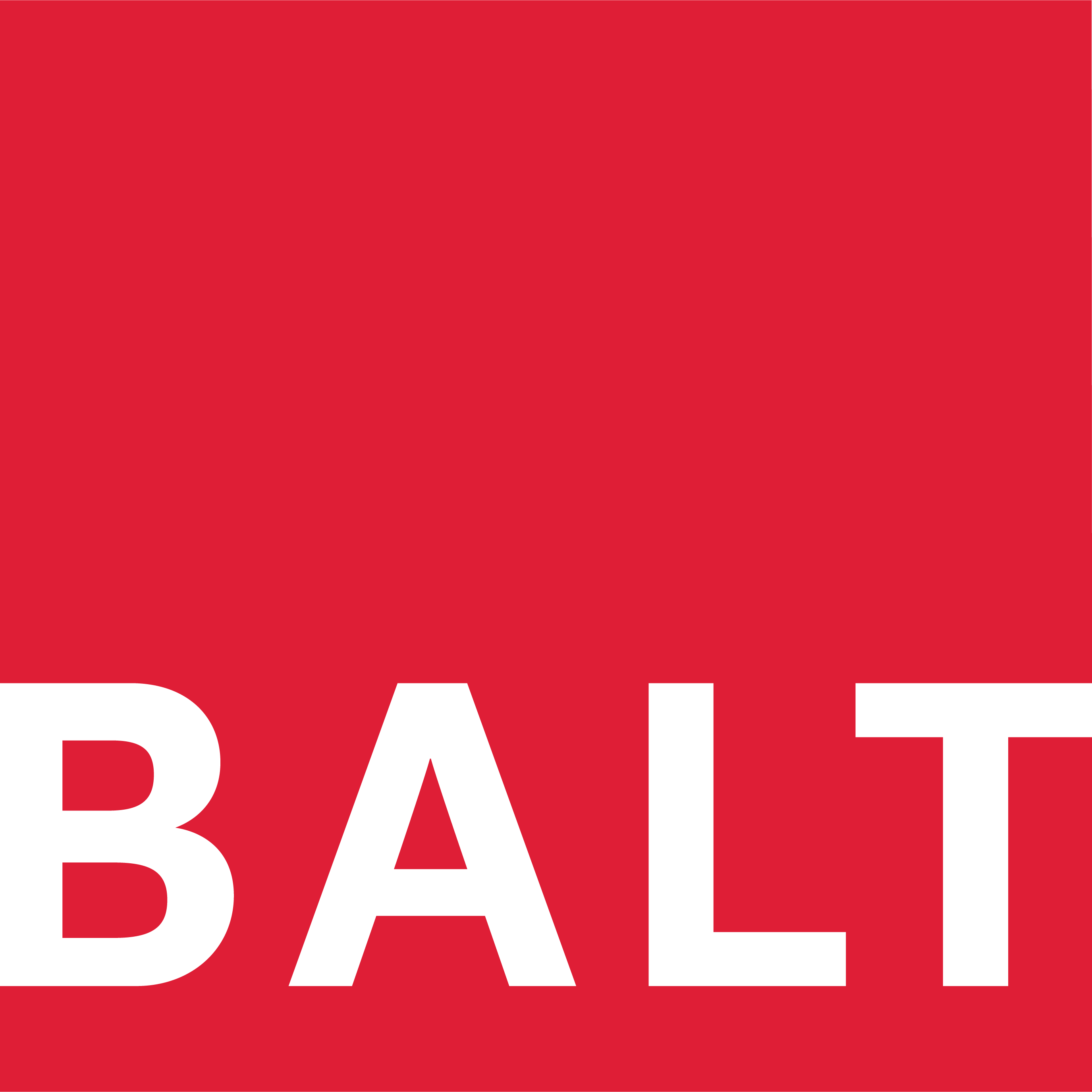| 1.45 pm | Registration | |
| 2.00 pm | Dr Diana Austin Victoria University of Wellington (NZ) Prof Lesley Ferkins Auckland University of Technology (NZ) Trish Morison Universal College of Learning (NZ) Celeita Williams Auckland University of Technology (NZ) |
Paper presentation 10 Looking for the ‘ah ha’ moments in action research understanding |
| 2.40 pm | Comfort break | |
| 2.45 pm | Trish Morison Universal College of Learning (NZ) Dr Diana Austin Victoria University of Wellington (NZ) |
Paper presentation 11 How can engagement with the community enhance an existing undergraduate nursing programme to support the provision of quality care for people who identify as gender diverse? |
| 3.30 pm | Afternoon tea Breakout rooms remain open for casual networking |
|
| 4.00 pm | Bill Woodworth Bell Bay Aluminium (Aus) |
Paper presentation 12 Delivering innovation through facilitated action learning in a heavy industrial environment – An account of practice |
| 4.40 pm | Comfort break | |
| 4.45 pm | Mark Gerrard Bell Bay Aluminium (Aus) |
Paper presentation 13 10 years of Business Action Learning Tasmania |
| 5.30 pm | Learning Lounges | Dinner break Breakout rooms remain open for casual networking Rooms will close at 6.15 pm Next session commences 6.30 pm |

Dr Diana Austin
Victoria University of Wellington
School of Nursing, Midwifery and Health Practice
New Zealand

Trish Morison
Universal College of Learning
New Zealand

Prof Lesley Ferkins
Auckland University of Technology
SPRINZ
New Zealand

Celeita Williams
Auckland University of Technology
New Zealand
Looking for the ‘ah ha’ moments in action research understanding
Action research is an emergent field in post graduate health research. Building the capacity to provide supervision and mentoring that leads to high quality, methodologically sound projects is needed, with doctoral study being a primary route to beginning an AR journey. The unique underpinning principle of becoming co-researchers with the participants requires a transformative shift from how traditional research is undertaken. Larrea (2019) refers to this as “threshold crossing from positivism to constructionism”. There is anecdotal evidence that this shift can be difficult for new researchers, keen on making change in their communities. Meyer and Land’s (2005, p. 373) work identifies threshold concepts as “’conceptual gateways’ or ‘portals’ that lead to a previously inaccessible, and initially perhaps ‘troublesome’, way of thinking about something”. Establishing the threshold concepts that need to be understood by AR researchers and identifying pedagogical approaches to teaching these concepts has the potential to move new researchers to undertaking authentic AR and build a stronger AR presence in health research (Rowell et al., 2015). There are numerous studies using AR to improve educational practice, but there is a gap in educational research to improve AR. This session will provide a forum for both experienced and novice researchers to critically discuss this gap through exploring their own and other’s stories of learning experiences that enable researchers to make the shift to action researchers.

Trish Morison
Universal College of Learning
New Zealand

Dr Diana Austin
Victoria University of Wellington
School of Nursing, Midwifery and Health Practice
New Zealand
How can engagement with the community enhance an existing undergraduate nursing programme to support the provision of quality care for people who identify as gender diverse?
Background
International studies, such as (Winter et al., 2016) indicate that people who identify as gender diverse experience significant disparities in health and often face discrimination or insensitivity within health care settings. Discriminatory or insensitive health care may adversely impact on health outcomes and may create barriers for accessing health care (Grant et al., 2011). Nurses are well located to enhance the health care experiences of gender diverse patients (Middleton & Holden, 2017) however, there is inadequate attention within nursing literature and nurse education to support nurses in this role (Carabez et al., 2015).
Methods
My study, as part of a doctorate, used an action research approach that sought to enhance an existing undergraduate nurse education programme to better support the provision of quality care for people who identify as gender diverse. Specifically, it used the approach outlined by Coghlan (2019) for undertaking action research within one’s own organisation.
Four nurse educators, two student support staff and six community members collaboratively, through four meetings and email discussions, diagnosed the issue, and planned, undertook and evaluated actions. Meeting transcripts and emails were analysed thematically.
Results
Preliminary analysis shows that the nurse educators gained a greater understanding of the lives of people who identify as gender diverse, this led to enthusiasm for change and a subsequent ripple out of actions from the programme to the wider organisation. With regards gender diverse patient care we, as a group, learnt that providers using the correct name and pronoun and wanting to be gender affirmative made a big difference.
The group’s actions included: content being added to five nursing papers and to the organisation’s international student induction; the organisation’s enrolment form was reviewed and updated; a train the trainer workshop was delivered; and an online learning resource for all staff was developed.

Bill Woodworth
Bell Bay Aluminium
Australia
Delivering innovation through facilitated action learning in a heavy industrial environment – An account of practice.
The management team of a large industrial plant required a major engineering project to be successfully implemented. The implementation relied on the integration of new work practices into a process area that been basically unchanged in several decades. This project was the first of a planned series major equipment changes for the process area. Faced with limited change management experience within the plant’s workforce, an action learning intervention was formed to address this shortfall of skills and knowledge. The action learning set was also challenged to find solutions for the considerable process issues associated with introducing the project’s new equipment. The set membership was made up of people with a wide range of roles and varying experiences. The author was tasked with facilitating the set’s activities. After an initial scoping meeting with the management team, the set met regularly over three months to explore the project issues, develop and test solutions. Although the various shift work patterns of several set members caused difficulties for them to attend all meetings, set developed an innovative solution to overcome a major material handling issue. The set members successfully integrated the new equipment into the existing process area. Although not all set members had their learning expectations fully met during their participation, all set members would welcome the opportunity to be involved in future projects. Two set members were subsequently assigned to role on new projects. This action learning intervention has shown that it is an effective tool for developing the change management skill set within an organisation. Action learning can also be successful in developing innovative solutions in a heavy industrial environment.

Mark Gerrard
Bell Bay Aluminium
Australia
10 years of Business Action Learning Tasmania
In 2010 the Tasmanian Government’s Department of Economic Development, Tourism and the Arts (now State Growth) invited a large Tasmanian industrial company (the Company) to be part of a pilot program that combined collaborative action learning with vocational lean manufacturing training to solve wicked business problems. In the 10 years since this initial program, the Company has been an active supporter of the program and has been pivotal in the formation of Business Action Learning Tasmanian (BALT), a not for profit company whose purpose is to advance education by delivering action learning programs in workplaces, education institutions and the community. The Company has participated in six of the ten BALT Lean Action Learning programs conducted to date.
Each program consisted of a series of workshops with set members from various Tasmania companies focussed on solving wicked business problems from each company.
The workshops were facilitated by experienced action learning facilitators. The set members explored each problem and developed solutions. The set members then had 6 – 9 months to implement the agreed solutions. Set members were able to attain a nationally recognised accreditation at the successful completion of their completed projects.
Individual set members were later surveyed and interviewed to determine the impact of the programs on their work, careers and their problem-solving abilities.
The Company has seen positive business outcomes from each of the programs. These outcomes have included financial improvements, process stability improvements and team cultural improvements. The outcomes from the earlier programs have been sustained over several years. The set members report increased problem-solving skills and greater confidence in their ability to implement change in their workplace. Some set members reported that their participation in the programs has assisted them with new career opportunities.
